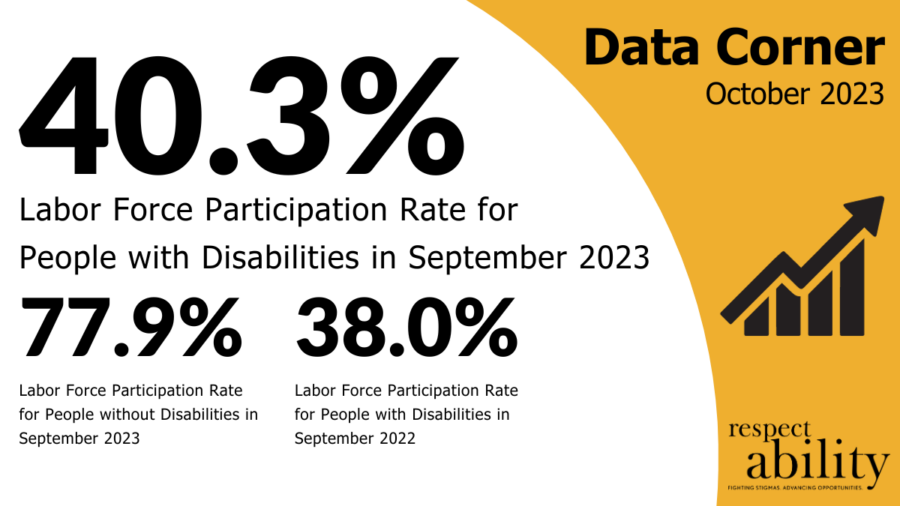 What if you had to choose between paying your rent and marrying your significant other? People with disabilities who receive Supplemental Security Income (SSI) are faced with this decision every day. The SSI Savings Penalty Elimination Act raises asset limits for SSI recipients and couples. This proposal, while simple, could have a significant impact on SSI recipients and their families.
What if you had to choose between paying your rent and marrying your significant other? People with disabilities who receive Supplemental Security Income (SSI) are faced with this decision every day. The SSI Savings Penalty Elimination Act raises asset limits for SSI recipients and couples. This proposal, while simple, could have a significant impact on SSI recipients and their families.
Individuals who receive SSI are each allowed to have $2,000 in assets (such as cash, stocks, and vehicles), but married couples are only allowed to have $3,000 in assets between the two spouses. The asset limit is less for couples than it would be if the two people chose not to marry. Furthermore, second cars (which most people take for granted) can easily put a married couple over the asset threshold. This policy results in many couples choosing to remain unmarried or even for married couples to get divorced in order to be allowed to own a second car or to save an additional $1,000 a month.
The SSI Savings Penalty Elimination Act partially addresses these issues by proposing that asset limits to qualify for SSI be raised from $2,000 to $10,000 for individuals, and from $3,000 to $20,000 for couples. This will be the first time that SSI asset limits have been raised since 1989 and aligns with projected inflation-adjusted asset limits. [continue reading…]








 Since 1971, the Judge Rotenberg Center in Canton, Massachusetts has served as an institution for individuals with developmental disabilities. To help patents stop dangerous behaviors, the center uses aversive therapy, in which a patient experiences a form of discomfort given by a therapist if the patient engages in perceived inappropriate behaviors. The goal is for the patient to recognize that continued occurrences of such behaviors will result in further exposure to the discomfort given by the therapist, leading them to stop the behavior.
Since 1971, the Judge Rotenberg Center in Canton, Massachusetts has served as an institution for individuals with developmental disabilities. To help patents stop dangerous behaviors, the center uses aversive therapy, in which a patient experiences a form of discomfort given by a therapist if the patient engages in perceived inappropriate behaviors. The goal is for the patient to recognize that continued occurrences of such behaviors will result in further exposure to the discomfort given by the therapist, leading them to stop the behavior.

 When I first joined RespectAbility, Ben was one of the first team members I met. He shared with me that RespectAbility was a family, not just a workplace, and it turns out, he was right. What he didn’t say back then, but I came to learn during my tenure, was that Ben was a big part of why RespectAbility is more than just a team of disabled and disability advocates working toward common goals. Ben recognized and appreciated the humanity in all of us and understood better than most that our authentic, disabled identities made us powerful human beings. These identities also make us better advocates and models for those who come after us.
When I first joined RespectAbility, Ben was one of the first team members I met. He shared with me that RespectAbility was a family, not just a workplace, and it turns out, he was right. What he didn’t say back then, but I came to learn during my tenure, was that Ben was a big part of why RespectAbility is more than just a team of disabled and disability advocates working toward common goals. Ben recognized and appreciated the humanity in all of us and understood better than most that our authentic, disabled identities made us powerful human beings. These identities also make us better advocates and models for those who come after us. 


 Ben Spangenberg began as a Fellow in our National Leadership Program shortly after I started working at RespectAbility. By 2017, he was managing the National Leadership Program. Ben truly gave his all when working with Fellows. He knew personally how it felt to be discriminated against in the workplace due to a disability, and he not only fought hard to help change the landscape for future individuals but also imparted his “Benly wisdom” to more than 200 Fellows who came through the program under his tutelage. He has helped countless people learn how to advocate for themselves – especially in terms of disability accommodations. His legacy will live on in the dozens of Fellows he mentored – reviewing resumes, conducting mock interviews, and connecting them to a vast network within the disability community.
Ben Spangenberg began as a Fellow in our National Leadership Program shortly after I started working at RespectAbility. By 2017, he was managing the National Leadership Program. Ben truly gave his all when working with Fellows. He knew personally how it felt to be discriminated against in the workplace due to a disability, and he not only fought hard to help change the landscape for future individuals but also imparted his “Benly wisdom” to more than 200 Fellows who came through the program under his tutelage. He has helped countless people learn how to advocate for themselves – especially in terms of disability accommodations. His legacy will live on in the dozens of Fellows he mentored – reviewing resumes, conducting mock interviews, and connecting them to a vast network within the disability community. 
 Ben and I worked for the same organization, but we chose to be friends and work-siblings! I will cherish our goofy conversations, our joyful chats, our sad times, and our shared love of all the Fellows who came through our program.
Ben and I worked for the same organization, but we chose to be friends and work-siblings! I will cherish our goofy conversations, our joyful chats, our sad times, and our shared love of all the Fellows who came through our program.

